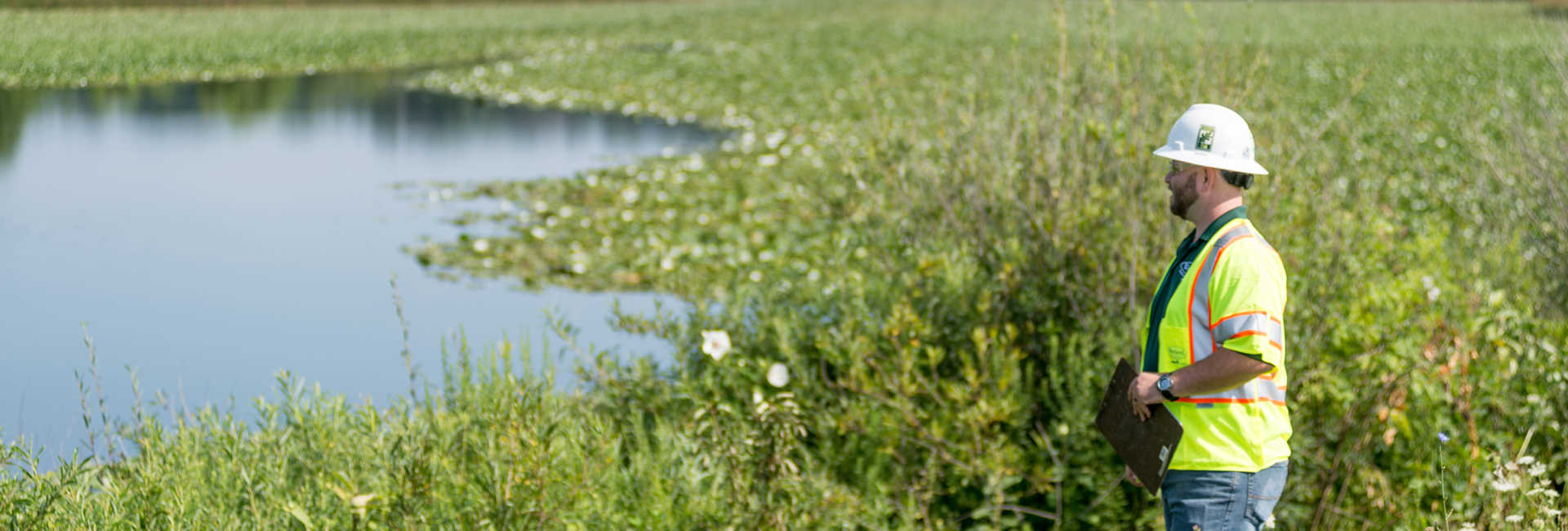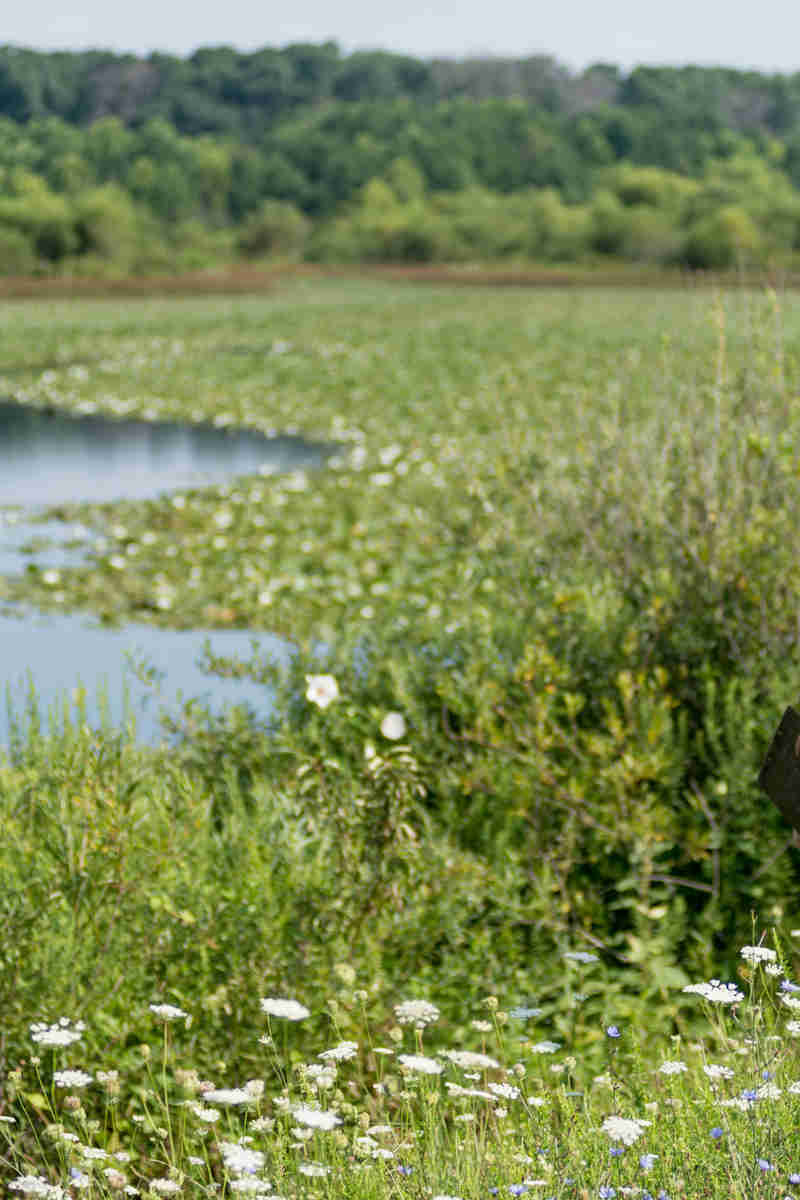When it comes to stormwater management, green infrastructure (GI) is a relatively new concept to a lot of land managers. Because it may be unfamiliar, most property managers and some public officials aren’t sure how to detect if their GI structure isn’t properly functioning. To help navigate this unfamiliar territory, we picked five common early warning signs that indicate your GI may not be working properly:
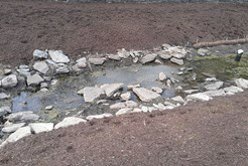 Standing water – GI systems are designed to drain over a 24-48 hour period. If water is ponding after 48 hours, it is an indication that either the gravel and soil layers are clogged with sediment, or the underdrain is clogged. Soil in GI systems should be tested periodically to check the infiltration rate. Most are equipped with acleanout so that the underdrain can be cleared of clogs.
Standing water – GI systems are designed to drain over a 24-48 hour period. If water is ponding after 48 hours, it is an indication that either the gravel and soil layers are clogged with sediment, or the underdrain is clogged. Soil in GI systems should be tested periodically to check the infiltration rate. Most are equipped with acleanout so that the underdrain can be cleared of clogs.- Stormwater bypassing the system during heavy rains – This is an indication that the inlet and possibly the overflow are clogged. Inlets and the overflow should be inspected quarterly and any debris that is blocking the inlets should be removed.
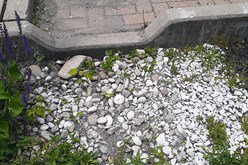 Bare eroded soil in or adjacent to the structure – Bare soil leads to erosion and sediment formation in the system which contributes to clogging the soil and gravel pores. Bare soil should be stabilized with turf or mulch as appropriate.
Bare eroded soil in or adjacent to the structure – Bare soil leads to erosion and sediment formation in the system which contributes to clogging the soil and gravel pores. Bare soil should be stabilized with turf or mulch as appropriate.- Dead/dying or missing plants – Dead or dying plants are an indication that the conditions in the GI have changed over time or that the plants chosen for the project have different cultural requirements and should be replaced with a more suitable species. Seventy-five percent of the area of the GI structure should be covered by native plants for proper function and aesthetic value.
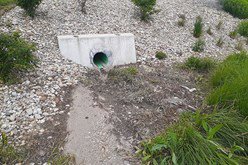 Sediment buildup – Like bare soil, eroded sediment from surrounding lawns, roads, and parking lots can collect on top of the mulch and can contribute to clogging the media over time. The GI should be inspected at least quarterly and any sediment should be removed with a flat shovel. Often it is easiest to remove some of the mulch along with the sediment and then reapply fresh mulch. Paved areas adjacent to the structure should be swept to remove debris before it enters the structure.
Sediment buildup – Like bare soil, eroded sediment from surrounding lawns, roads, and parking lots can collect on top of the mulch and can contribute to clogging the media over time. The GI should be inspected at least quarterly and any sediment should be removed with a flat shovel. Often it is easiest to remove some of the mulch along with the sediment and then reapply fresh mulch. Paved areas adjacent to the structure should be swept to remove debris before it enters the structure.
While GI has a long list of environmental and cost benefits, maintenance and care can be tricky.


